While Myanmar is not particularly famous for its beaches, it does nevertheless feature a pretty extensive coast line towards the west. Well, we’re a bit mare-phile anyways, and we figured it would be a perfect goodbye for this place to spend some time at the beach.
The most popular beach is Ngapali, quite a bit up north. It’s where all the large resorts are, and according to images, it’s stunningly beautiful. Prices looked a bit out of our range, though, and so we opted for another selection: We’d read an article in a free magazine called “Yangon Now!” about the “smaller sister” of Ngapali, much closer to Yangon, named Ngwe Saung. The article mentioned an overnight ferry as the most exotic way to get there – but after finally finding a boat that would take us, we discovered that it only went about 60% of the way, and that furthermore the “bunks” were small wooden planks, to be shared with countless other travellers. Looked a bit sketchy for a 22-hour ride, even for us, and given the fact that it would have cost 4x more than the (very comfortable) bus, we chose the latter.
After a 6-hr bus ride, we arrived in Ngwe Saung at 3 AM, but luckily were allowed to check in early. The first thing we noticed is that our budget hotel on the dusty main road of the village was lit up like the Rockefeller tree. It was literally eye-blinding, blinking as if there was no tomorrow. Now, while that might be part of the normal attempt to copy western Christmas culture, it does seem a bit odd at that place: The village is not connected to the power grid, meaning that all the power they get is from solar or diesel generators. Power therefore only runs from 6 PM to 6 AM, mainly to power the necessar AC units in the guest rooms. We couldn’t help but think that it would be more logic to supply power all day, but not light up the building in such a crazy manner. Oh well – other customs, I guess.
Now, while Ngwe Saung certainly does feature many shops and restaurants along the main road, it has managed to maintain a certain sleepy, fisher village style ambience. Sure, there are tourist shops, and you’d see a fair share of Westerners, but in a very moderate fashion. The locals still outnumber the tourists, and it does all seem very relaxed.
And the beach….oh, the beach.
It was drop dead gorgeous. If this is the little sister of Ngapali, the latter must be straight out of paradise. A thick line of palm trees, a wide stretch of very soft sand, and warm and comparably clean water.
Locals offer plastic stools for a snack or a coconut drink, which we enjoyed, but somehow, it did not seem all that comfortable for an entire beach day. So we strolled a bit, and soon passed by the upper class resorts with private beaches. Turns out that the kind and generous way of Myanmar people does not even stop at luxury resorts: As if completely normal, we were allowed to use the sun beds, were served a nice espresso and even given beach towels. Heck, they even told us to use the beautiful pool at our disposition – without being guests there!
We made extensive use of that offer, and spent two days there just relaxing. Even though there were tourists seen in the restaurants in town, they did not seem to want to enjoy the beach much – we were basically alone. It seemed quite perfect, we thought – but as usual, there’s a flipside to the coin. As it turns out, all the land now beautifully used to attract tourists used to belong to the local people. And while we don’t know what amount of money they were given for it (if any at all), it certainly seemed that they were not happy with loosing it:
A longer walk around the areas not occupied by the resorts also left a bit of a bitter impression. The resorts were spotless clean, beautifully decorated, and quite amazing by any standard. But as soon as one set foot into the local village, the picture drastically changed:
Trash everywhere, and no effort whatsoever to clean it up. Very primitive housing, pigs in between, and the only power (supplied by loud generators or the occasional solar panel) was used to power TV sets showing the ever-present local soap operas. What also struck us as a bit unfair was the distribution between the two parties: Off the top of my head I’d say that 80% of the beach area was occupied by resorts, leaving only 20% to the locals. Who, as mentioned before, way outnumber tourists…
Did we love the place? Yes. Is it all perfect? Nope. At least not for the locals.

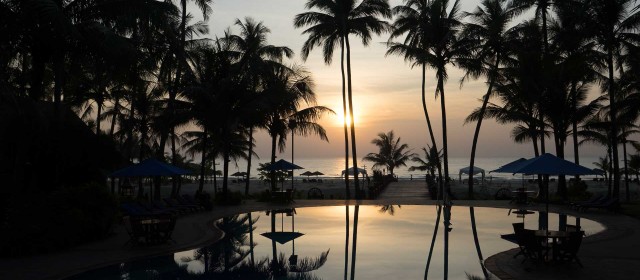

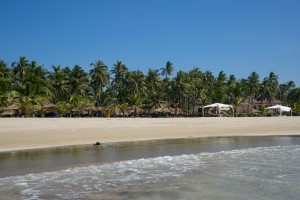
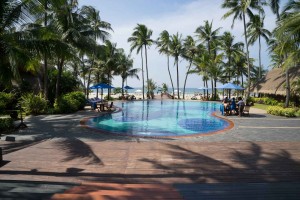
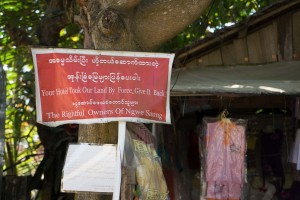
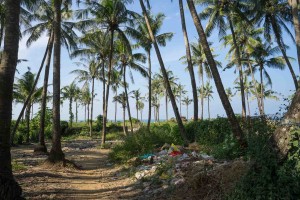
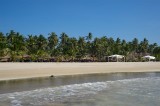
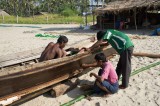
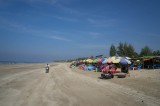
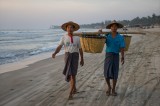
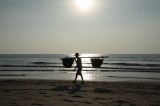
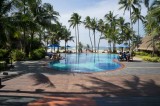
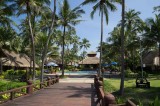
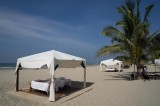
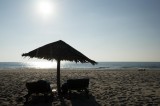
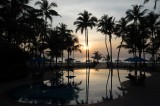
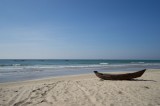
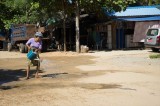
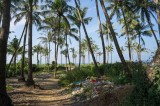
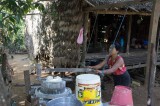
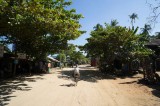
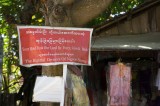
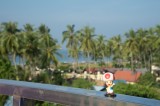
Recent Comments